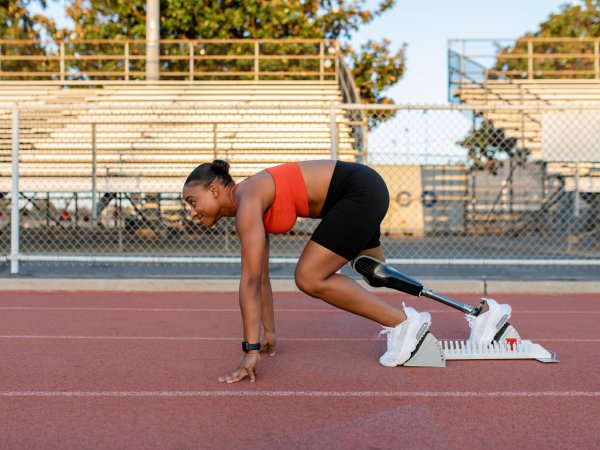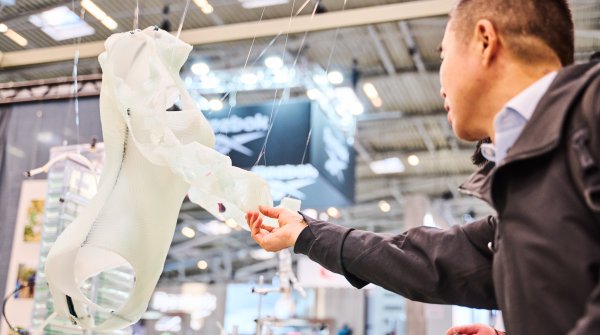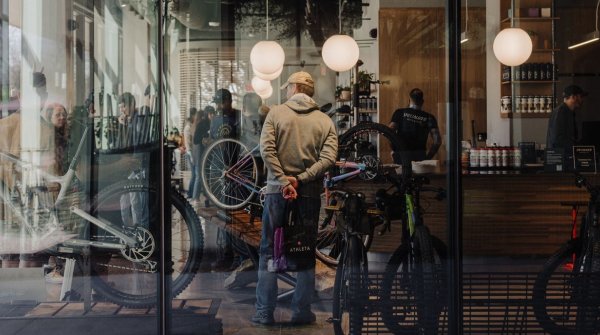We are on the threshold. A lot is happening, but not enough. Body positivity has opened the door. Now we have to go through and anchor inclusion in design and development as a matter of course.
explains Lena Haushofer, Exhibition Director of ISPO and Founding Member of the Global Game Shapers Network (GGSN) in an interview with Glamour.
What began with body positivity, the breaking down of normative ideals of beauty, is now taking its next developmental step in so-called body inclusive design. This is not about larger sizes or diverse models in campaigns, but about a fundamentally new understanding of design: clothing, equipment and products should not exclude people, but empower them. Haushofer emphasizes
Inclusive marketing shows diversity in campaigns. Body inclusive design brings it into the product. That is real participation.
Inclusion means thinking about bodies in all their diversity, people in a sitting position, with prostheses, with limited mobility or simply with bodies that do not fit into the classic norm. And this is precisely where an exciting connection between sport and fashion arises and the ISPO exhibitors provide concrete examples:
- medi GmbH & Co. KG offers adjustable orthoses, compression systems and supports that respond directly to different physical needs.
- Decathlon has the Disability Sports & Adaptive Clothing category as well as adaptive sports and rehabilitation equipment, including wheelchairs, adapted sports equipment and clothing.
- adidas develops adaptive sports kits, such as basketball uniforms for wheelchair sports, and works with organizations for athletes with disabilities.
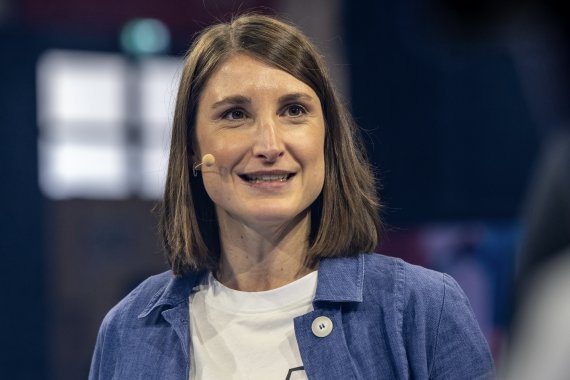
For a long time, adaptive fashion, i.e. clothing that is specially tailored to the needs of people with disabilities, was considered a niche. But this view is changing rapidly. According to the WHO, over 130 million people in Europe alone live with a disability. The demand is enormous and awareness is growing. Haushofer clarifies
Many people have had to make compromises so far. Either focus on functionality or sacrifice fashion awareness. But both are possible and long overdue.
Brands and manufacturers at ISPO show how this can be done:
- Komperdell offers adjustable trekking and walking poles as well as walker/walking aid products with ergonomic handles that make mobility easier.
- Betterguards develops adaptive ankle supports that automatically stabilize during sudden movements - useful for chronic instability or injury prevention.
- myoact (MYoACT) uses EMG sensor technology in combination with therapy software to target neuromuscular problems and support rehabilitation.
- EGYM presents smart gym equipment with customizable training programs that automatically adjust load and resistance to individual performance and mobility levels.
In sport, says Haushofer, inclusion is practically in the DNA: "In sport, inclusion is often thought of first because functionality takes precedence over aesthetics, and valuable lessons for fashion can be derived from this."
New technologies are opening up additional opportunities for the industry. 3D body scans, smart materials and digital fitting solutions enable a more precise, individual fit.
But technology alone is not enough. Haushofer shows
Technology must build bridges, not barriers. Only then is it inclusive.
In the outdoor segment, brands such as OutDoor show that performance and inclusion are not a contradiction in terms. The US label relies on adaptable fit systems, gender-neutral designs and sustainability and makes visible what Haushofer describes: Inclusion is not a trend, but an attitude.
Suppliers such as Fidlock and YKK are also making a contribution: one-handed fasteners and accessible zippers make adaptive clothing and shoes easier without end users having to sacrifice style
True inclusion is evident in the details. Magnetic buttons that can be operated with one hand. Stretchy cuffs that move with you. Jackets that fit just as well when sitting as when standing. Fashion that thinks for everyone, without functional compromises or rehab looks.
The boundaries between sport, everyday life and lifestyle are becoming increasingly blurred. A functional jacket for wheelchair users can be just as much a fashion statement piece as adaptive sneakers have long since appeared in street style images.
Haushofer emphasizes:
'There is no such thing as a body that always conforms to the norm. Bodies change - through age, pregnancy, illness, through life. This is precisely why inclusion is not a special case, but an investment in our common future.
In the sports sector, we can see how much inclusion can inspire product development. The aspiration to enable every body, regardless of shape, gender or ability, to move has always produced innovations: from adaptable protector systems to sports bras for a wide range of needs.
The fact that inclusive fashion and sporting goods have long since ceased to be a niche topic is demonstrated by the dynamism throughout the industry. In addition to global players, small labels are establishing themselves with great influence:
- Unhidden from the UK brings adaptive fashion to catwalks,
- Auf Augenhöhe from Berlin designs collections for people of small stature,
- and platforms such as Zalando are integrating inclusive offerings into their main ranges.
This development is a signal: Inclusion is not a special format, but mainstream in the best sense of the word.
The combination of inclusion and performance design will become a matter of course in the future. When sports brands develop their products for more bodies in real terms, this not only creates added social value, but also economic relevance. Because those who reach more people will grow more sustainably. Or, as Haushofer says
A fashion world of the future is one in which size is no longer a category and in which nobody asks themselves: Am I meant here? Because it is no longer a question.
Body inclusive design stands for a paradigm shift, from the idea of the perfect body to the acceptance of real diversity. This offers enormous opportunities for the sports and outdoor industry: products that reach more people. Brands that show attitude. And a community that feels represented.
Whether on the trail, in the gym or on the trade fair stage: inclusion starts with design and only ends when no one is excluded.
If you want to see for yourself how inclusion is put into practice in the sports and fashion sector, you shouldn't miss ISPO 2025. From November 30 to December 2, exhibitors such as medi GmbH & Co. KG, Decathlon, adidas, Osprey and many more will be on site, offering adaptive products, smart technologies and innovative designs. This is where it becomes clear how functionality, style and inclusion come together. An experience that shows what the future of sport and fashion can really look like.
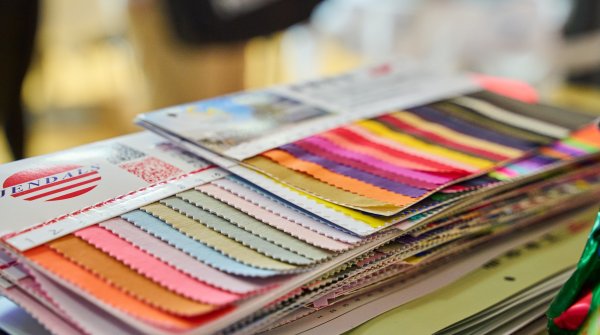 Sports BusinessISPO Textrends: Textile Innovations for Fall/Winter 2027/28
Sports BusinessISPO Textrends: Textile Innovations for Fall/Winter 2027/28 Sports BusinessThese 8 footwear trends will shape the market in 2026
Sports BusinessThese 8 footwear trends will shape the market in 2026
- ISPO awards
- Mountain sports
- Bike
- Design
- Retail
- Fitness
- Health
- ISPO Job Market
- ISPO Munich
- ISPO Shanghai
- Running
- Brands
- Sustainability
- Olympia
- OutDoor
- Promotion
- Sports Business
- ISPO Textrends
- Triathlon
- Water sports
- Winter sports
- eSports
- SportsTech
- OutDoor by ISPO
- Heroes
- Transformation
- Sport Fashion
- Urban Culture
- Challenges of a CEO
- Trade fairs
- Sports
- Find the Balance
- Product reviews
- Newsletter Exclusive Area
- Magazine
